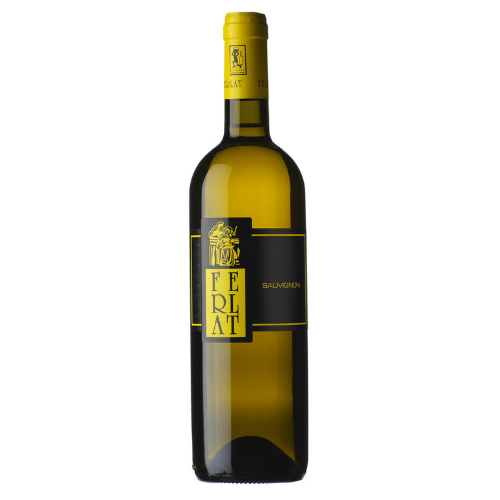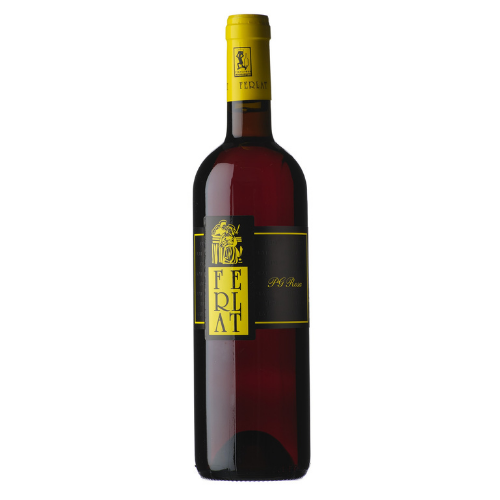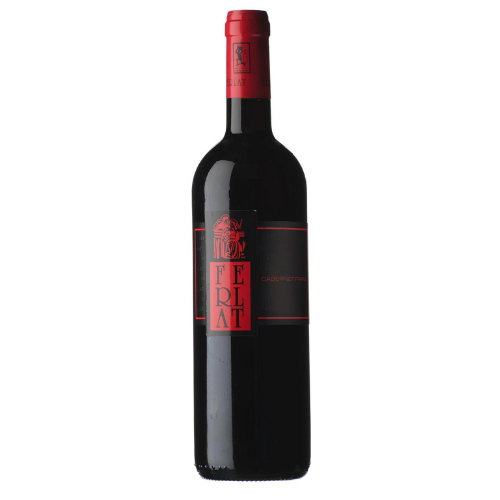REGION | Friuli-Venezia Giulia
PRACTICES | Certified Organic
TERROIR | Friuli Isonzo, in the extreme southeast of Friuli-Venezia Giulia, lies on a plain of alluvial soils along the Isonzo river just south of Collio. Ferlat sits on the “left bank,’ notable for its chalk-poor and clay-rich soils mixed with red gravel. The riverbed constantly shifts, leading to flooding that enriches the soil with nutrients.
Ferlat is a small family-owned winery founded in 1950 and now run by Federica e Moreno. Located in the eastern part of Friuli Venezia Giulia, in the popular DOC Friuli Isonzo. The estate comprises 8 hectares of vineyards cultivated with strictly organic methods. We make wines of character that are true to the area of Isonzo and easy for the final consumer to identify. We achieve these results by respecting nature and upholding the traditional way of farming and winemaking.
At Ferlat we ONLY employ ORGANIC treatments. Chemical aids, herbicides, pesticides are strictly forbidden. Only the use of copper and sulfur to manage disease and organic fertilizers to seek the highest quality from our naturally grown grapes are used. Our vineyard management is very precise, and we make sure to have minimal environmental impact on the cultivation of our vines. As a result, our vineyard rows have many different herbs and grasses that grow spontaneously. This approach helps create wines of distinct character.
Our vines are trained with a unilateral guyot or the typical double guyot upside down.
We strive to maintain the natural balance of our vines, choosing the most appropriate pruning technique based on the grape variety and vineyard aspect. We do removal of the leaves (defoliation) by hand in all our vineyards to enhance ventilation and assist in ripening. The only exception being the Sauvignon Blanc vineyard where more shade is kept preserving the organoleptic traits of this grape.
In our quest to ensure the best quality, flavor concentration, and shading we do a “Green Harvest,” a technique consisting of removing grapes bunches in excess. We usually harvest at maximum grape ripeness and pick entirely by hand to avoid berry damage and ensure that only the best grapes are picked. This process also allows us to subdivide each batch of grapes.
We haven’t planted any selected clones but have relied strictly on massale selection to promote, biodiversity and protect our valuable DNA heritage. For the last 15 years, we have been lucky to manage an historic vineyard planted in 1960s. This is where we make the bottling of our ‘Sessanta’: “CRU” of Cabernet Franc.
Gradually, with the choice of moving to 100% Organic, our work method in the cellar has changed. As result, we only use ONLY indigenous yeasts. All our whites are made with skin contact but only for short periods to maintain ‘drinkability.’ We keep it short to avoid losing distinctive characteristics and aromas which are essential for our wines. The level of sulfur used has been drastically lowered as well for maximum respect for the grapes, for the wine, and of course, the final consumer!
VARIETY | 100% Sauvignon // ABV | 13%
VINEYARDS | clay and stones of alluvial origin
VINIFICATION | de-stemmed, short cold-maceration for 12-24 hrs, then gently pressed with limited contact with oxygen. Fermentation in stainless steel tanks with temperature control (16 ° C), using only indigenous yeasts. Extended maturation on the lees, blocked malo


VARIETY | 100% Pinot Grigio (Rose) // ABV | 12.5%
VINEYARDS | clay and stones of alluvial origin
VINIFICATION | de-stemmed, pressed and left to macerate and ferment in concrete tank. juice remains on skins for 3-4 days. The partially fermented grape must will be separated, the skins will be pressed, then blended to finish fermentation together. Malo blocked. Wine ages on fine lees.
VARIETY | 100% Cabernet Franc // ABV | 13.5%
VINEYARDS | clay and stones of alluvial origin
VINIFICATION | de-stemmed, indigenous yeast fermentation in concrete tanks. manual punch-downs several times a day during 20+ day maceration, then skins separated and pressed in 1950’s hydraulic press to extract the last wine, blended back with other part and aged in 5-6 hl oak barrels for average 12 months.
